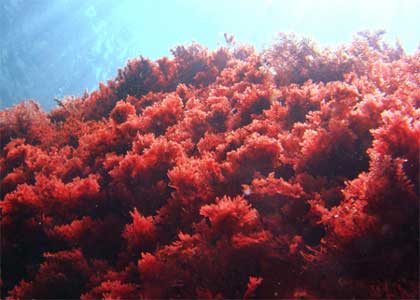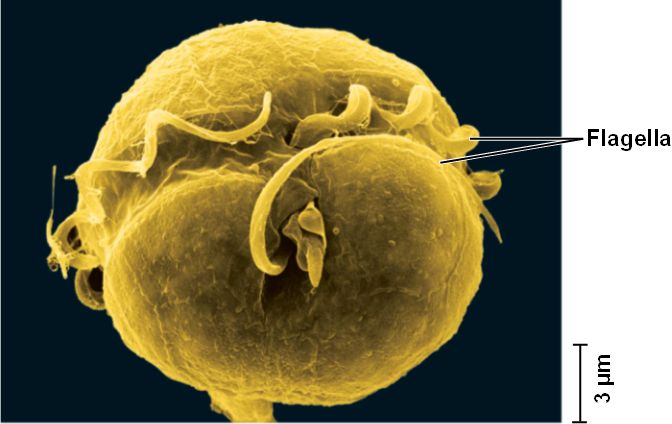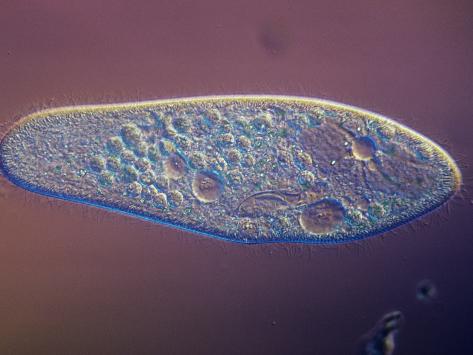Let There Be Fire !!!!!!!!
Name of article: Why does Italy's Mount Edna keep erupting?
Source: for more facts about my article
Hey guys Thebestscienceblog 12 here and today I will talking about this eerie volcano found in Sicily,Italy.This article is about a constant erupting volcano that is terrorizing Sicily.
Mount Etna has been continuously been erupting in Sicily for the past 2,000 years. The last eruption was on November 28, 2013. The amount of lava that has been spewed can fill up the Chicago's Willis Tower ( the former Sears Tower).
Geologists are still trying to figure why this volcano erupts in so many different ways. Over the 2,000 years the volcano has been erupting in ways including quiet lava streams, spewing fire mountains, and even the dangerous pyroclastic flows(super heated mix of ash, lava fragments, and gases that run down volcano slopes).

A fast lava ascent results in the lava keeping its air bubbles and making the eruption similar to that of a fizzy drink. While a slow lava ascent makes the magma lose air its bubbles resulting in lots of lava but little to no explosions.
I chose this story because I wanted to learn more and share about this interesting volcano. I predict that this volcano will keep on its current path and keep spewing lava over the Sicilian city. A question I have for you is in your opinion do you think geologists have the right reason for the constant eruptions or do you think there is a different cause for this?
My opinion is that the geologists have the right reason for the cyclic eruptions.
Links
volcano gif
pic of Mount Etna
video of Mount Etna











